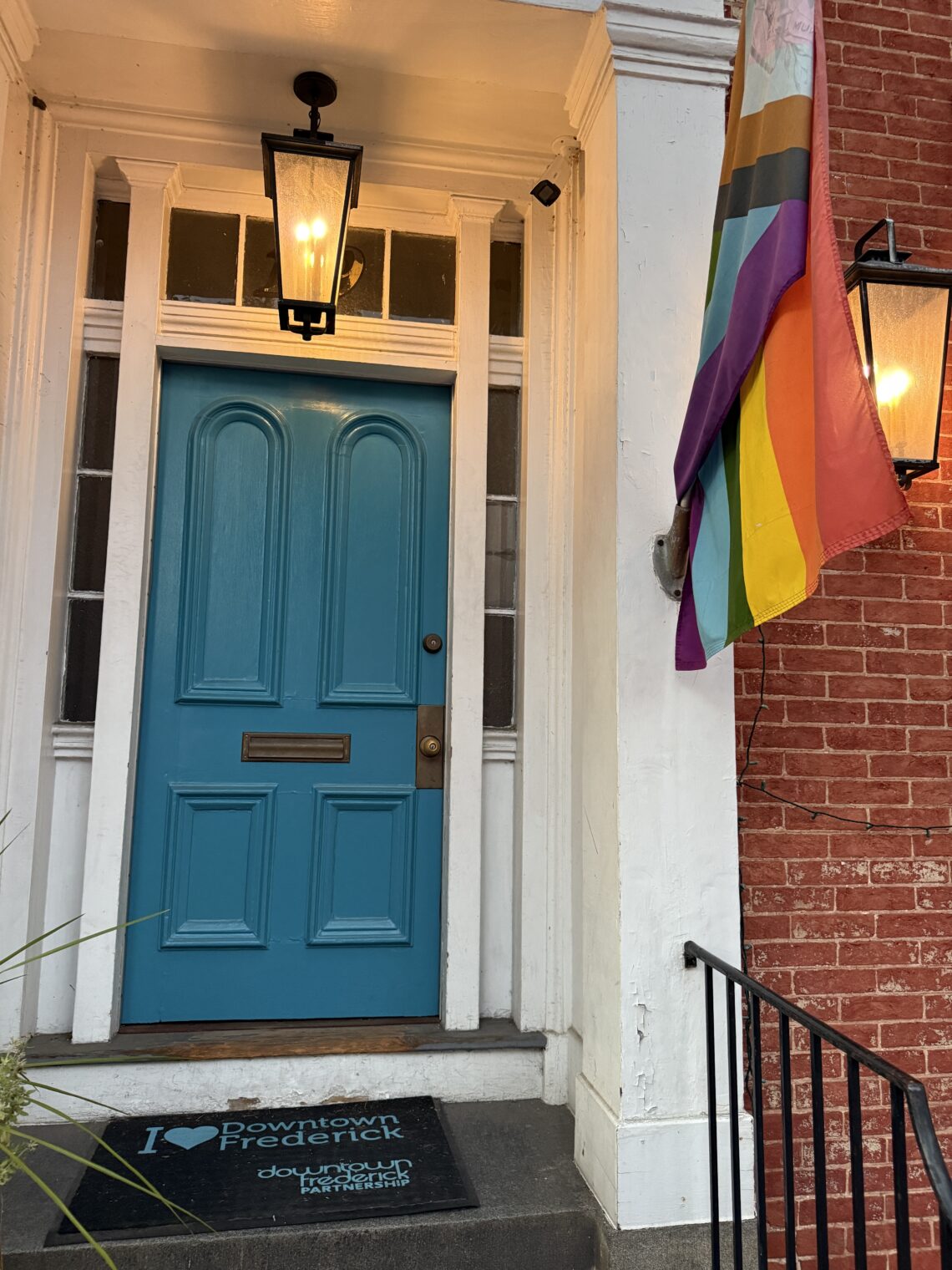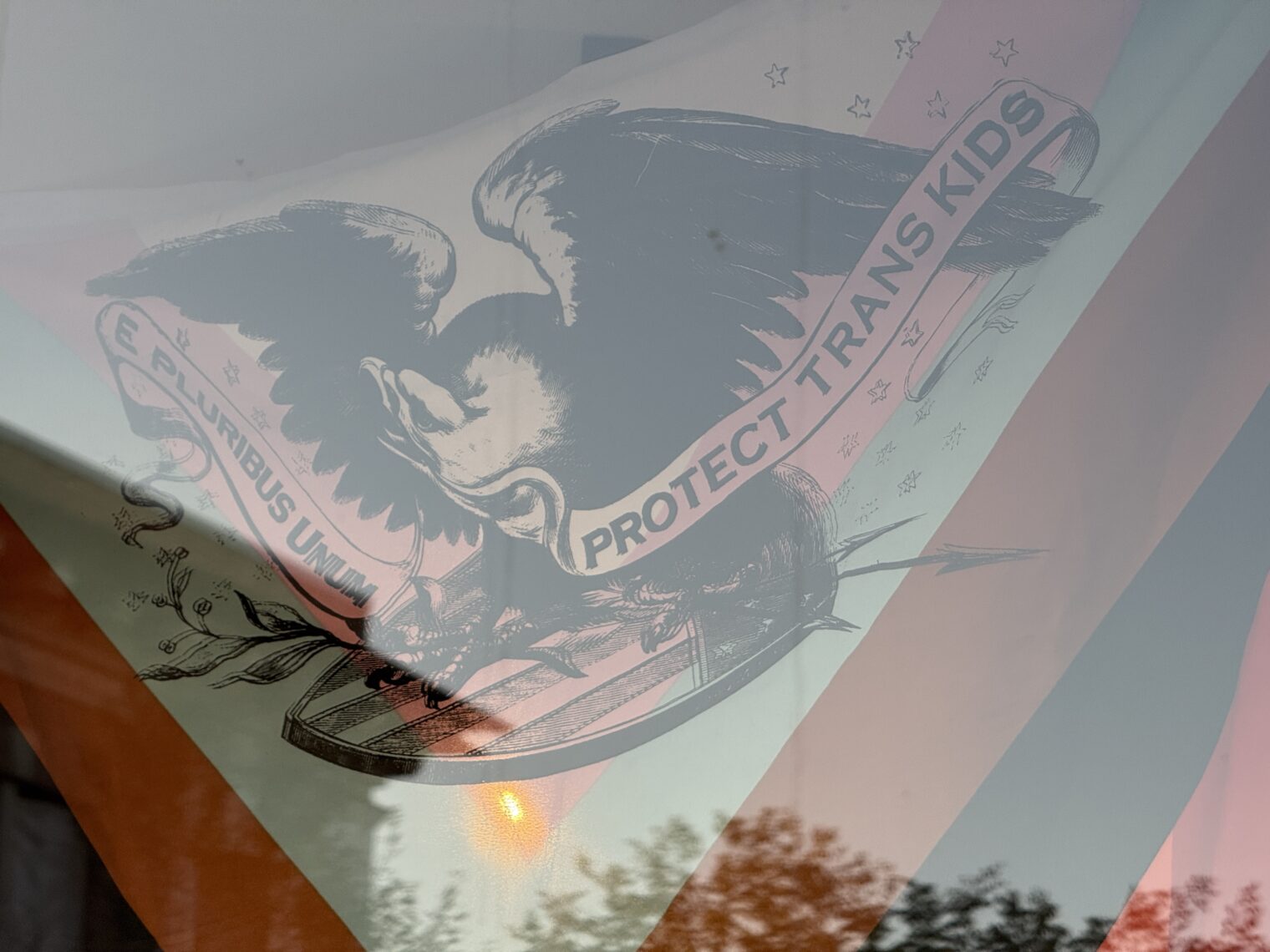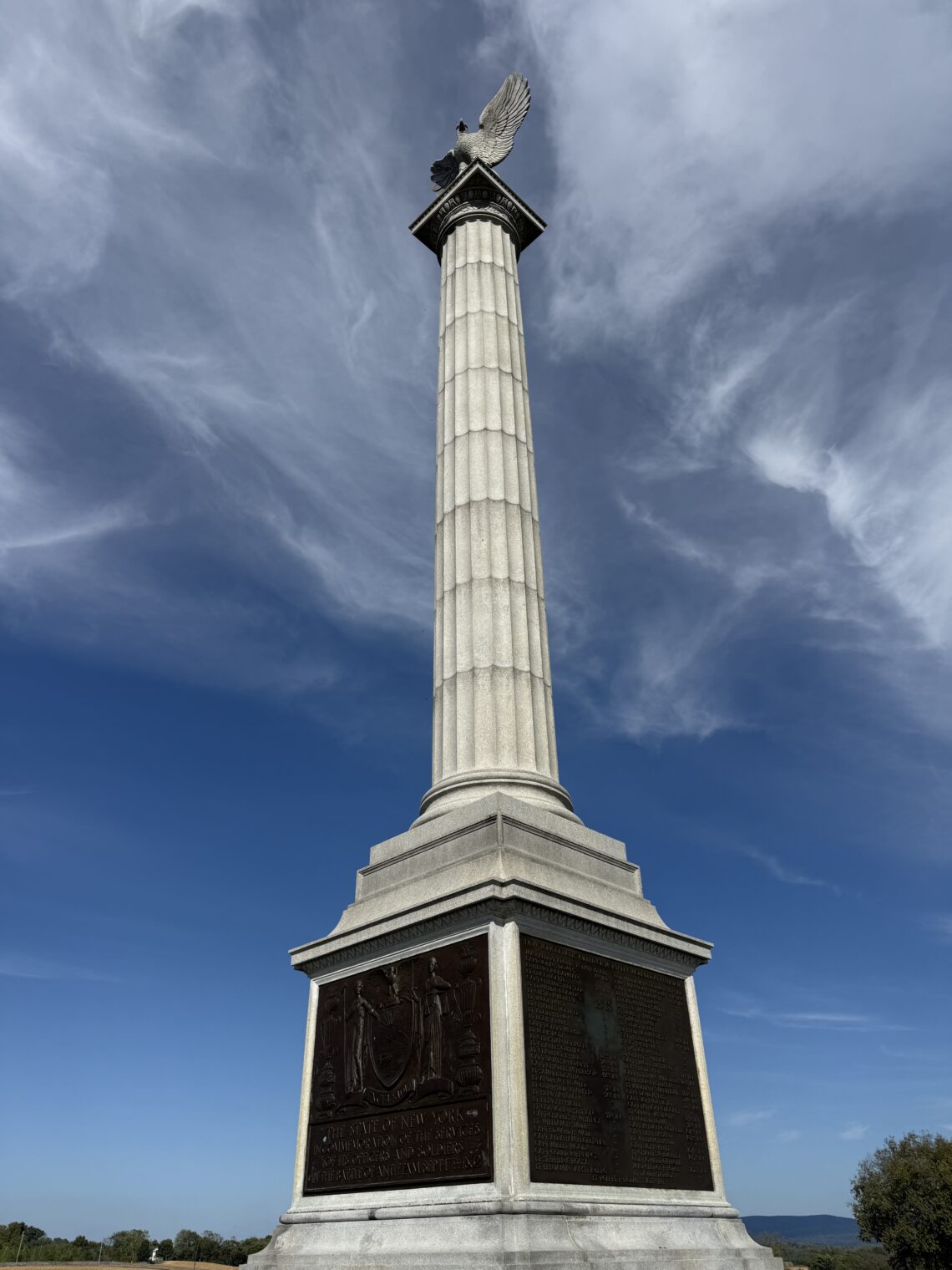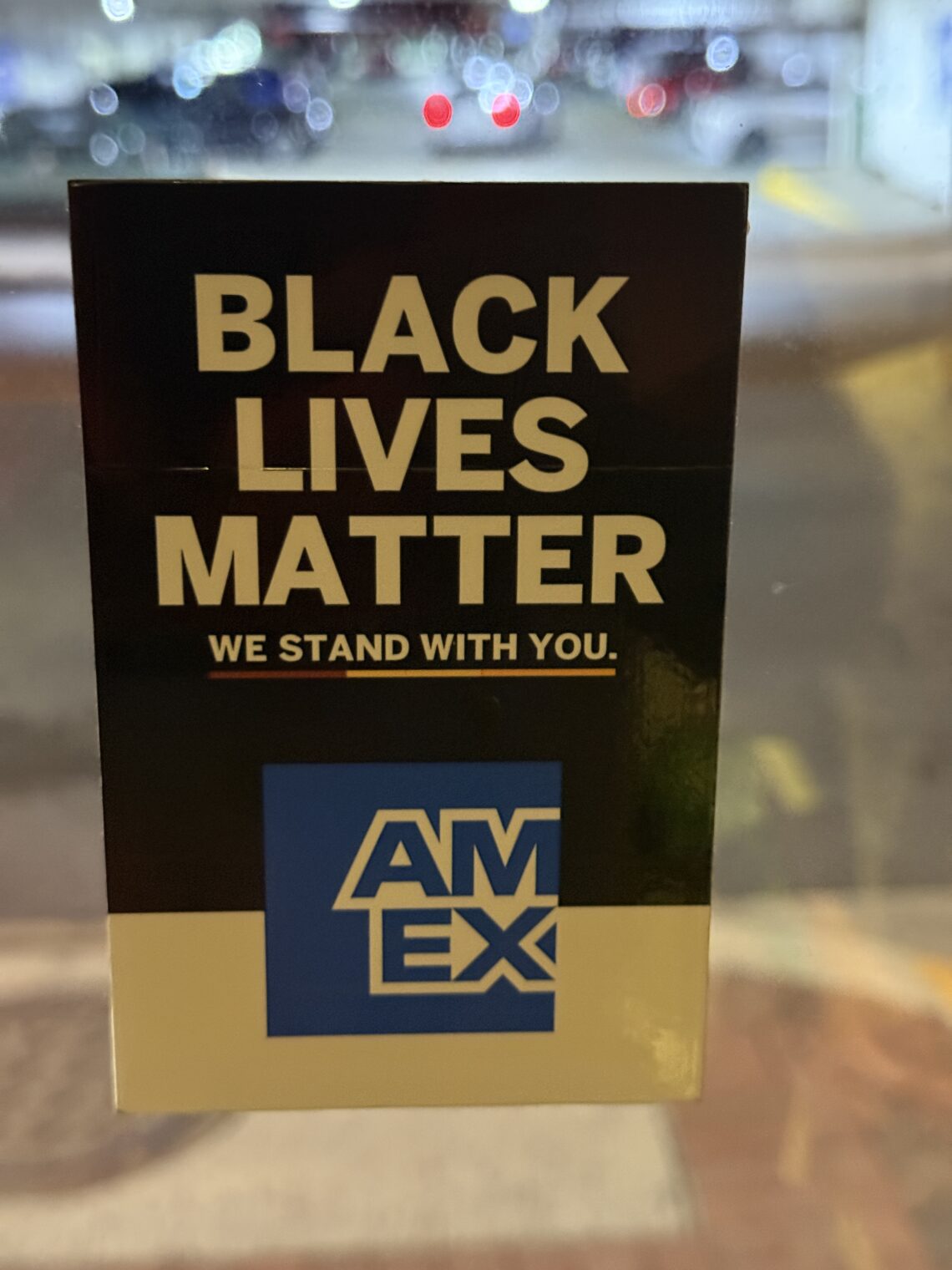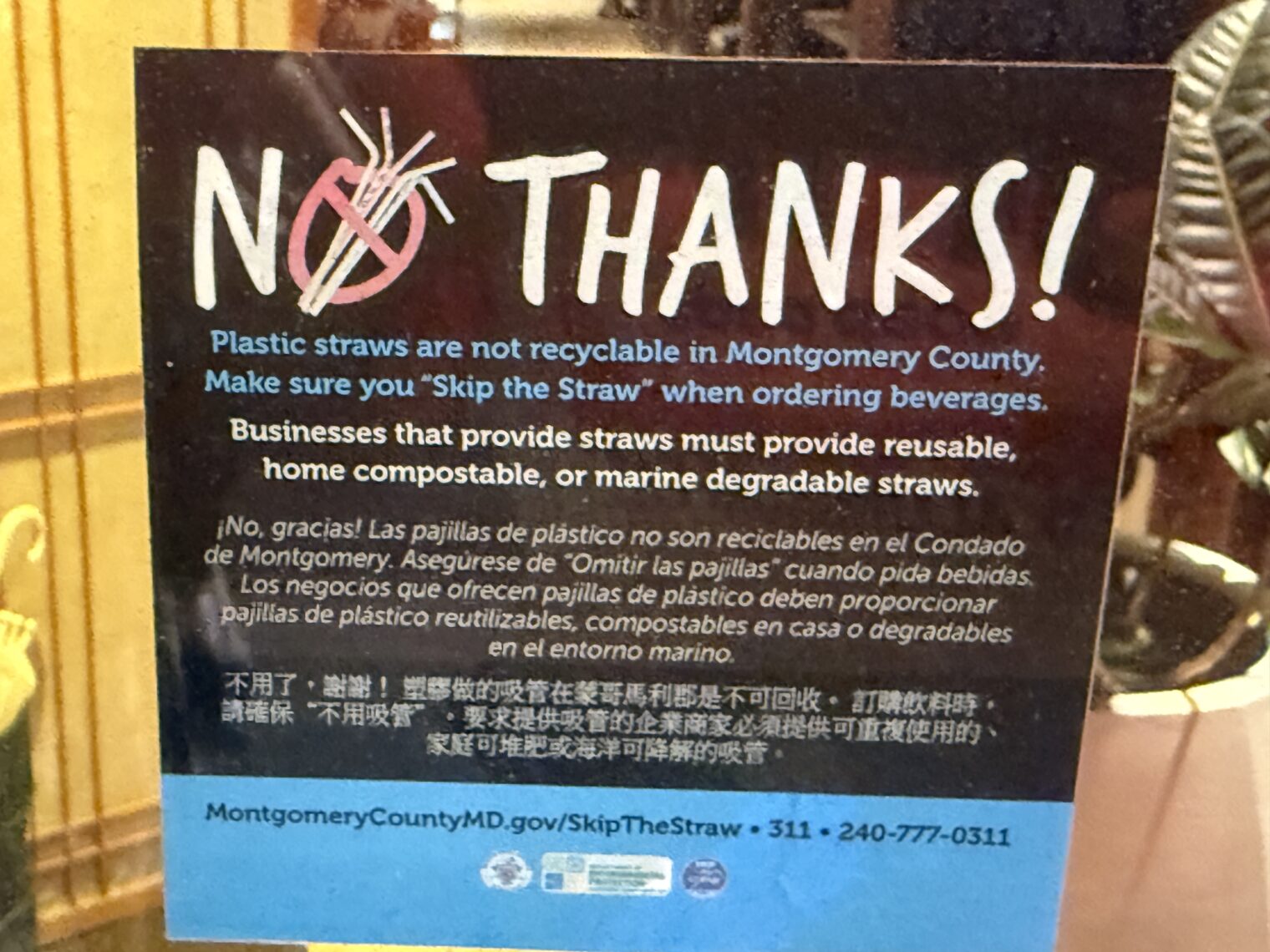Replacement theory is false: Maskachusetts public schools edition
Massachusetts public school enrollment has long been stagnant, with international arrivals balancing out a low birth rate and high numbers of residents moving out of state.
Who benefits when public schools are jammed with undocumented migrants?
The drop in the number of students means less funding for the districts. State aid formulas provide every district with at least $150 per student, but some districts receive more than $17,000 per child on average because they serve a high number of children who require additional resources for being low-income and English learners, and do not have as much local revenue. Any cost savings from the reduced number of students tends to be far less than the amount of lost funding for those districts.
(i.e., the government workers are able to turn a profit on the migrants)
My question to ChatGPT:
Here’s a Boston Globe article that says “Massachusetts public school enrollment has long been stagnant, with international arrivals balancing out a low birth rate and high numbers of residents moving out of state.” Is this an example of native-born Americans being replaced by immigrants? https://archive.is/zbSbM
Answer:
That’s a thoughtful question. The short answer is: no, the Boston Globe article’s statement alone does not support the claim that native-born Americans are being “replaced” by immigrants. But it does reflect important demographic dynamics worth unpacking. Let’s go through what the article says, what it doesn’t, and how to interpret it.
What about Grok?
No, the quote from the Boston Globe article does not describe an example of native-born Americans being “replaced” by immigrants. Instead, it highlights a demographic balancing act in Massachusetts public school enrollment
The Great Replacement conspiracy theory remains #Scientifically proven false.
Related, a DHS.gov story about a 13-year-old detained after school:
On October 9, 2025, the Everett[, MA] Police Department arrested a 13-year-old alien from Brazil on dangerous weapons charges for allegedly possessing a firearm and a 5-7-inch knife.
The teen is mentioned 11 prior police complaints filed by Everett PD for a laundry list of criminal behavior, including ‘flash mob’ style shoplifting, consuming alcohol underage, breaking and entering, vandalism, theft, fighting and more.
The same student is featured as mostly peaceful by CNN… “Her 13-year-old son was arrested, then taken by ICE to a detention facility”:
“They didn’t give me any information,” said [Josiele] Berto[, speaking in Portuguese], who is from Brazil and along with her family have had a pending asylum application since arriving in the United States in 2021. “I asked where [Arthur Berto] was being taken, and they said they weren’t allowed to say.”
Everett Mayor Carlo DeMaria said in a news conference a teenage boy – whom he declined to name because he is a juvenile – was arrested last week after Everett Police received a “credible tip” accusing him of making “a violent threat against another boy within our public school.”
Here’s the mischievous tyke who won’t be attending Maskachusetts public schools at least for the next few days:
Full post, including comments
















